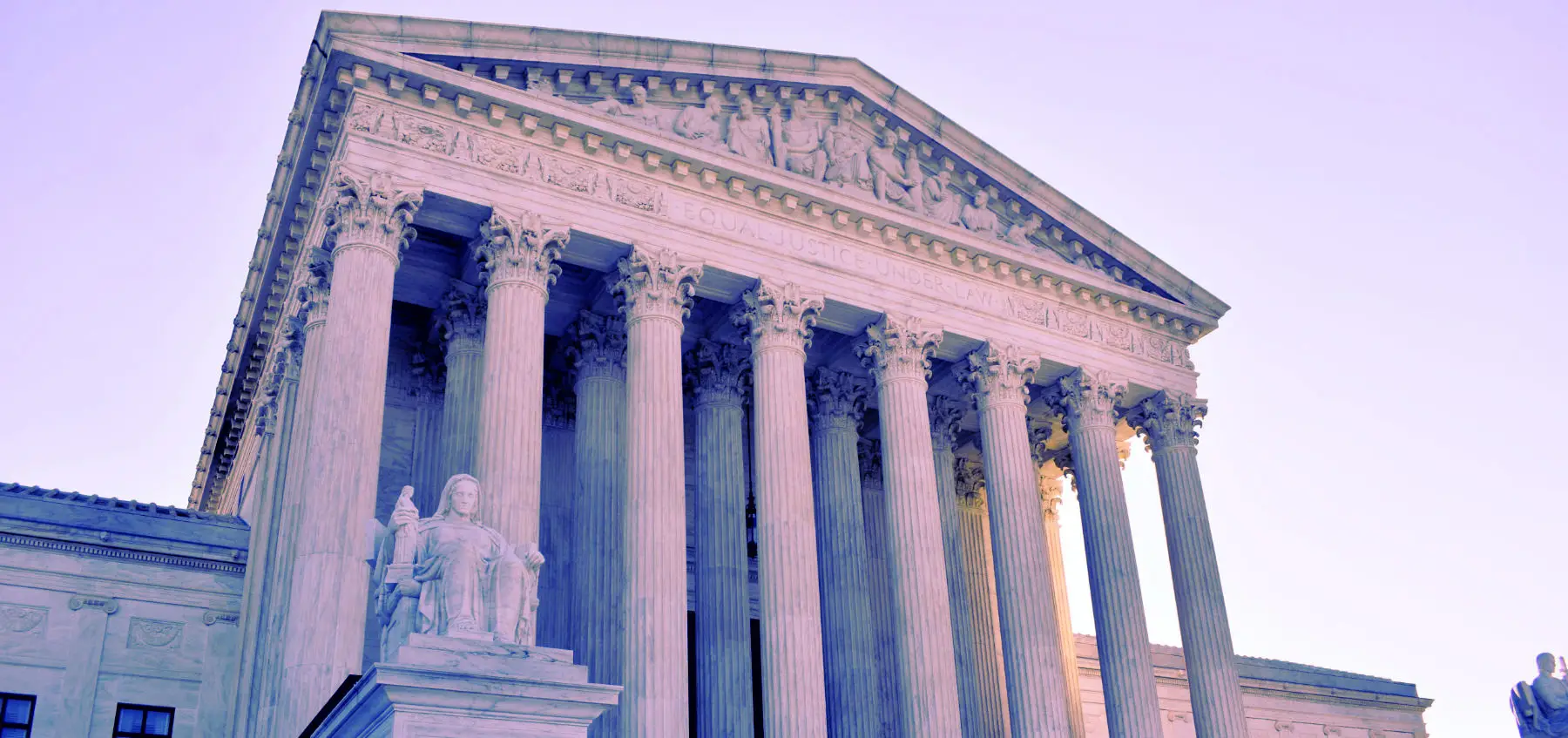
When you think of the Constitution, you might think of a complex, hard-to-understand, stuffy old law. In reality, it is fairly straightforward without a lot of the legal jargon that is made in today’s contracts. However, parts of it can be more difficult to understand. This is the second of a four-part series where we will attempt to simplify the Constitution. That way it is not only easier for us to understand, but also to teach.
You can access part 1 about Congress, here.
You can access part 2 about the Presidency, here.
You can access part 4, Articles 4-7, here.
Understanding Article 3 of the U.S. Constitution:
A Simple Guide to the Judicial Branch
As we continue to explore the Constitution, it’s important to recognize how vital it is for the functioning of our government and the freedoms we enjoy as citizens of the United States. It limits the government’s encroachment on our freedoms & liberties, ideally. Article 3 of the Constitution addresses the Judicial Branch, which is responsible for interpreting the laws of the nation, both Federal and State Laws. It also outlines how to administer justice and where the judiciary’s jurisdiction (its area of authority) lies.
What is the Judicial Branch?
The Judicial Branch is one of the three branches of the U.S. government, along with the Legislative Branch (which makes laws) and the Executive Branch (which enforces laws). The main job of the Judicial Branch is to interpret and apply laws to different cases, ensuring that justice is served. The Judicial Branch helps maintain the rule of law, which means that everyone must follow the law, no matter who they are.
The Structure of the Judicial Branch
Article 3 establishes the structure of the Judicial Branch. The highest court in the country is the Supreme Court, and below it are other federal courts. Let’s break down the main parts of the Judicial Branch:
The Supreme Court
- The Supreme Court is the highest court in the United States. It has the final say on important legal issues and can overturn decisions made by lower courts.
- The Supreme Court consists of Justices, who are appointed by the President and confirmed by the Senate. Once they are appointed, Justices serve “during good behavior.” Traditionally, they serve for life, unless they choose to retire or are removed through impeachment.
Lower Federal Courts
Below the Supreme Court are lower federal courts, which include Courts of Appeals and District Courts.
- District Courts: These are the trial courts of the federal system. There is at least one District Court in every state, and they handle most federal cases.
- Courts of Appeals: If someone is not satisfied with the decision made in a District Court, they can appeal to a Court of Appeals. These courts review cases to check if the law was applied correctly.
The Powers of the Judicial Branch
Article 3 outlines the powers of the Judicial Branch, which include several important functions:
- Interpreting Laws: The primary role of the Judicial Branch is to interpret what laws mean. When different people have different views on how a law should be applied, it is the job of the courts to decide.
- Resolving Disputes: The courts help resolve conflicts between individuals, groups, or even the government. When people or organizations disagree, they can take their issues to court to find a solution based on the law.
- Upholding the Constitution: The courts have the power to decide if laws are constitutional, meaning they adhere to the principles outlined in the Constitution. If a law is found to violate the Constitution, the courts can strike it down.
- Judicial Review: The Supreme Court has a special power called judicial review, which means it can review laws and executive actions to determine if they are constitutional. This power was established in the early 1800s in a case called Marbury v. Madison (more on that here) and found the court has the ability to interpret the Constitution.
The Process of a Court Case
Although not explicitly outlined in the Constitution, understanding how a case moves through the court system can help clarify the role of the Judicial Branch. Here’s a simplified explanation of how a typical court case works.
- Filing a Case: When someone believes their rights have been violated or that they have been wronged, they can file a case in a District Court. This starts the legal process.
- Trial: In District Courts, both sides present their evidence and arguments. A judge (or sometimes a jury) listens to both sides and makes a decision based on the law and facts of the case.
- Appeal: If one of the parties is unhappy with the decision, they can appeal to a Court of Appeals. The Court of Appeals will review the case to ensure that the trial was fair and the law was applied correctly.
- Supreme Court Decision: If a case is particularly significant or involves a disagreement between lower courts, it can be brought before the Supreme Court. The Court reviews the case, hears arguments from both sides, and then issues a ruling. The Supreme Court’s decision is final and must be followed by all courts in the country.
The Importance of an Independent Judiciary
One of the key features of Article 3 is that it establishes an independent judiciary. This means that judges are not influenced by other branches of government, such as the Legislative or Executive Branch. Here are a few reasons why this independence is essential.
- Fairness: An independent judiciary ensures that judges can make decisions based on the law and facts, without political pressures. This helps maintain a fair legal system.
- Protecting Rights: An independent judicial system can help protect the rights of individuals against unfair laws or actions by the government. Judges can uphold the Constitution and safeguard citizens’ rights even if it goes against popular opinion.
- Checks and Balances: The judicial independence helps maintain the system of checks and balances in government. The Judicial Branch can check the powers of the other branches, making sure that no branch becomes too powerful.
Federal vs. State Courts
While Article 3 focuses on the federal Judicial Branch, it is important to understand that there are also state courts. Each state has its own court system, which handles cases involving state laws. Here are a few key differences between federal and state courts:
- Jurisdiction: Federal courts deal with cases involving federal laws, the Constitution, and disputes between states or citizens of different states. State courts handle cases involving state laws, such as criminal cases, family law, and contracts.
- Structure: Each state has its own court system with different levels, such as trial courts, appellate courts, and a state supreme court. This structure can vary from state to state.
- Overlap: Some cases can be heard in either federal or state courts, depending on the circumstances. For example, a case involving both federal and state laws might start in federal court but could end up in state court, or vice versa.
Conclusion
Article 3 of the U.S. Constitution establishes the framework for the Judicial Branch of our government. This branch is responsible for interpreting laws, resolving disputes, and upholding the Constitution. Our judicial system is critical in maintaining justice and protecting individual rights.
We hope you now have a better understanding of the Judicial Branch of the U.S. government and its role in our nation. The principles established in the Constitution continue to guide how justice is administered in the United States today, helping to maintain a fair and just society for all.main

